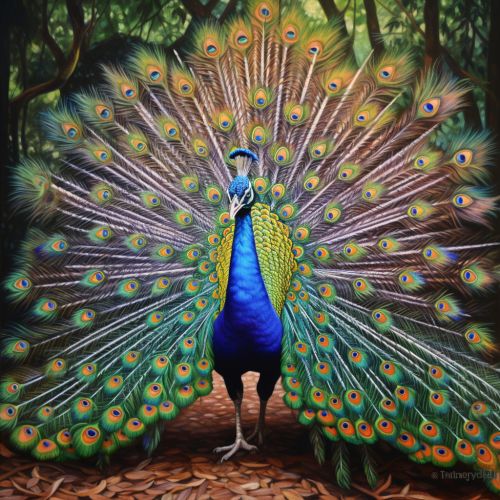The Biological Mechanisms of Animal Communication
Introduction
The intricate process of animal communication is a captivating facet of biology that encompasses the transmission of signals from one animal entity to another. These signals, which can be visual, auditory, olfactory, tactile, or even electrical, serve a multitude of functions, ranging from mate attraction to danger alerts. This article aims to delve into the biological mechanisms underpinning animal communication, exploring the diverse methods and purposes of these signals, and the evolutionary factors that have shaped them.
Classification of Animal Communication
Animal communication can be classified into several types, each possessing its unique mechanisms and purposes. These encompass visual, auditory, olfactory, tactile, and electrical communication.
Visual Communication
Visual communication is characterized by the utilization of visual signals, such as body coloration, posture, and movement, to relay information. For instance, numerous bird species employ brightly colored plumage to attract mates, while bees execute a complex "waggle dance" to communicate the location of food sources to their hive mates


.
Auditory Communication
Auditory communication entails the use of sound to transmit information. This form of communication is perhaps most recognized in bird songs, but it also includes the roars of lions, the clicks of dolphins, and the ultrasonic calls of bats. These sounds can serve a myriad of purposes, from mate attraction to danger warning or territory marking.
Olfactory Communication
Olfactory communication involves the use of chemical signals or pheromones to relay information. These signals can be detected by the olfactory system of other animals and can serve a variety of purposes, from territory marking to signaling readiness for mating. For instance, ants utilize pheromones to create a trail that other ants can follow to a food source


.
Tactile Communication
Tactile communication involves the use of touch to convey information. This can encompass grooming behaviors, mating rituals, and aggressive encounters. For instance, cats often display affection by grooming each other, while gorillas use physical displays of aggression to establish dominance.
Electrical Communication
Certain species of fish and insects employ electrical signals for communication. These signals can be used for navigation, food location, mate attraction, or danger warning. For instance, electric eels generate electric fields to locate prey and communicate with other eels.
Evolutionary Aspects of Animal Communication
The diverse forms of animal communication have evolved over millions of years, shaped by the pressures of natural selection. For instance, animals that were more adept at communicating their fitness to potential mates would have had a greater chance of reproducing, leading to the evolution of elaborate mating displays. Similarly, animals that were more proficient at warning their group members of danger would have had a greater chance of survival, leading to the evolution of alarm calls.
Conclusion
Animal communication is a complex and fascinating aspect of biology, involving a wide array of signals and mechanisms. From the vibrant displays of peacocks to the intricate dances of bees, the realm of animal communication is filled with wonder and complexity. By studying these mechanisms, we can gain a deeper understanding of the natural world and the creatures that inhabit it.
